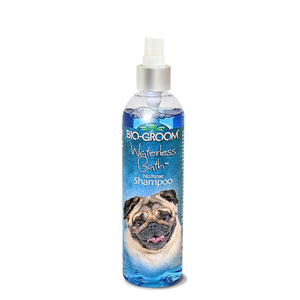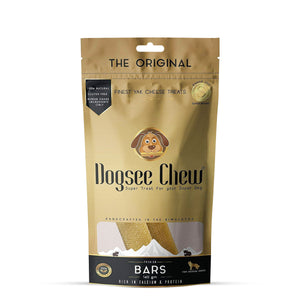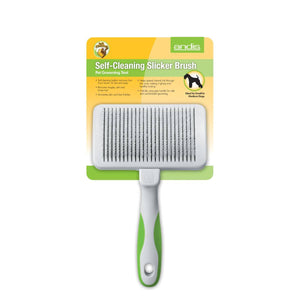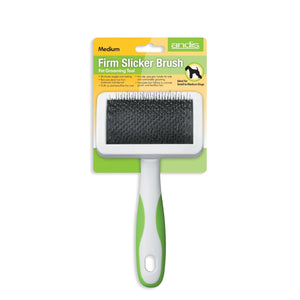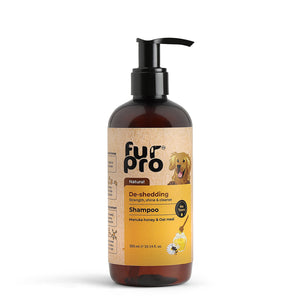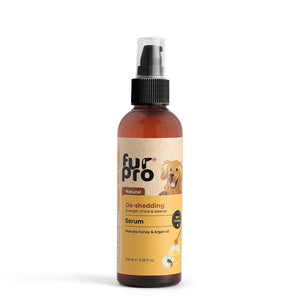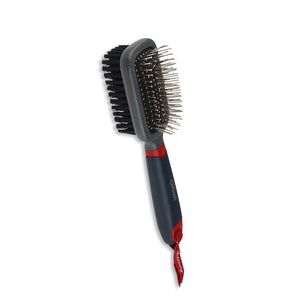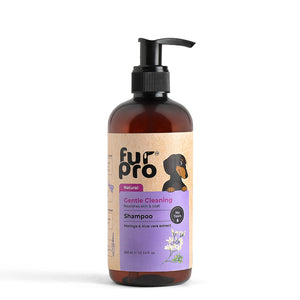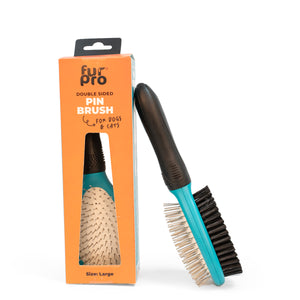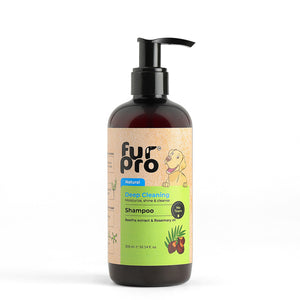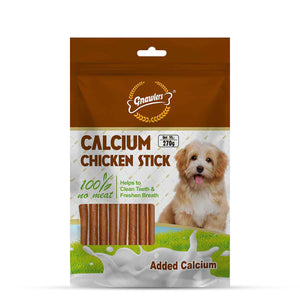Our furries’ skin needs complete care and protection as we take care of our skin and our babies’ skin. Pet grooming is an essential part of furry’s coat care routine. However, just taking them to a professional groomer is not enough. They need some care at home as well so our furry’s coat is healthy. Let’s understand what shedding is and how we can take better care of our pet’s coats to help them avoid developing skin-related illnesses.
The Shedding Phase in Furries
When the resting phase ends, the hair of the furry is shed from the follicle to make way for new fur growth. This is the shedding cycle. The amount of shedding and to an extent, duration too, happens differently for different breeds of furries. For instance, Siamese and Persian purries shed almost the same, whereas Persian cats owing to their long coats may make the shedding more noticeable. The same is for doggos as well.
Furries shed their fur in cycles, but it happens throughout the year during which you would notice more shedding in the fall to make way for a denser coat for the winter season. There is comparatively less shedding in the spring season owing to the need for a lighter summer coat. This is a natural coat-shedding cycle that every healthy fur baby goes through. If there are indications of excessive shedding, patchy skin, bald spots, and rashes, then it can be a cause for concern. It is ideal to consult a vet for advice.
The shedding and coat renewal process are more pronounced in furries with double coats such as Siberian Huskies, Akitas, Aussie Shepherds, Maine Coon Kitties, etc.
How to Care for a Furry’s Coat?
The Coat Brushing Routine

In both dogs and cats, brushing is the number one thing you can do to help maintain the shine and robust health of your fur baby’s coat. Brushing the furry’s coat not only removes the loose hairs that are about to shed, but also stimulates skin cells, distributes the oils, improves blood circulation, and brushes off any dead skin layer. The frequency of brushing varies according to the breed type and the season as well. During spring and fall, also known as the shedding seasons, you can increase the brushing intervals depending on the furry’s coat type.
The Bath Routine
Bathing is like an at-home individualized grooming process and might not even be required for the furries who go to a professional groomer once a month. There are various ranges of grooming lines available in the market – chemical-free, all-natural, and medicinal pet grooming ranges. The products used for cat grooming are different from dog grooming and these even differ according to the pH balance of the coat as well as the breed and age. Pick a range that is right for your paw baby. For that, it is better to consult a vet dermatologist who can point you in the right direction. Make sure you follow the vet’s advice as well as follow the instructions mentioned on the label to avoid any mishaps.
The Complete Grooming Routine
Regular professional grooming is important, even for cats. During a professional grooming session, the groomers look for ticks, fleas, and any other derma issues that might be there. This is apart from taking the fur baby through an entire pampering session from trimming and cleaning their nails to proper bathing and detangling and everything in between. The doggos and kitties who tend to shed more than other furries should undergo frequent grooming sessions while the breeds that shed less are ideal to go for grooming once a month.
We often hear that cats groom themselves and they do not require any grooming. This is a myth! While cats are capable of maintaining an already-groomed coat for a longer duration than dogs, they still need professional grooming sessions. A cat with an unkempt coat is prone to dermatological illnesses.
What is the Relevance of Diet in a Furry’s Coat Maintenance and Health?
We come across various advertisements and displays doling advice on pills and supplements to improve the quality and shine of a furry’s coat. While some of these are good, it is hard to select the right supplement and brand without having professional knowledge of each. The diet and supplements are only advantageous when they are given to the right breed of furries and in well-planned apt. quantities. Similarly, what to mix in the pet’s diet, which kind of oil is safe for them to consume, and in what quantity, there would be choices to make at each step. It is best to seek a professional’s help to make informed choices and do what is best for the fur baby.
The EFAs, also known as Essential Fatty Acids, are the fats that a pet cannot synthesize on its own. They need to consume it externally. Broadly, the EFAs can be broken into two categories – Omega-3 and Omega-6. These EFAs play an important role in repairing skin cells and promoting new cell growth as well. The furry can get their EFAs from external sources like flaxseed oil, fish, or a nutrition supplement as advised by the vet.
FAQs
1. What is the shedding cycle in dogs and cats?
The shedding cycle is the natural process where pets lose old fur to make way for new growth. It varies by breed and season, with more shedding typically occurring in fall and less in spring.
2. How often should I brush my pet’s coat during shedding season?
Brushing frequency depends on your pet’s breed and coat type but generally increases during spring and fall to remove loose hair, stimulate skin cells, and maintain a healthy coat.
3. Do cats need professional grooming if they groom themselves?
Yes, cats benefit from professional grooming sessions to prevent dermatological issues, remove loose fur, and check for skin problems that self-grooming might miss.
4. What role does diet play in maintaining a healthy coat for pets?
A balanced diet with the right supplements, especially Omega-3 and Omega-6 essential fatty acids, supports skin repair and fur growth. Consult your vet to tailor diet plans for your pet.
5. How can professional grooming help with pet skin and coat health?
Professional groomers help detect fleas, ticks, and skin conditions early, provide thorough cleaning, trimming, and detangling, which keeps your furry’s coat healthy and reduces excessive shedding.
Conclusion:
Taking care of your furry’s skin and coat is crucial to their overall health and happiness. While natural shedding is a normal part of their life cycle, consistent grooming at home, a nutritious diet rich in essential fatty acids, and regular professional grooming ensure that your pet’s coat remains shiny and skin stays healthy. If you notice signs of excessive shedding or skin issues, consulting a veterinarian promptly can help prevent serious problems. For expert advice and comprehensive pet grooming services, connect with our team of professional groomers and veterinarians dedicated to keeping your fur babies healthy and happy.
For more information on pet grooming including cat grooming and dog grooming, please connect with our team of professional pet groomers and veterinarians.




